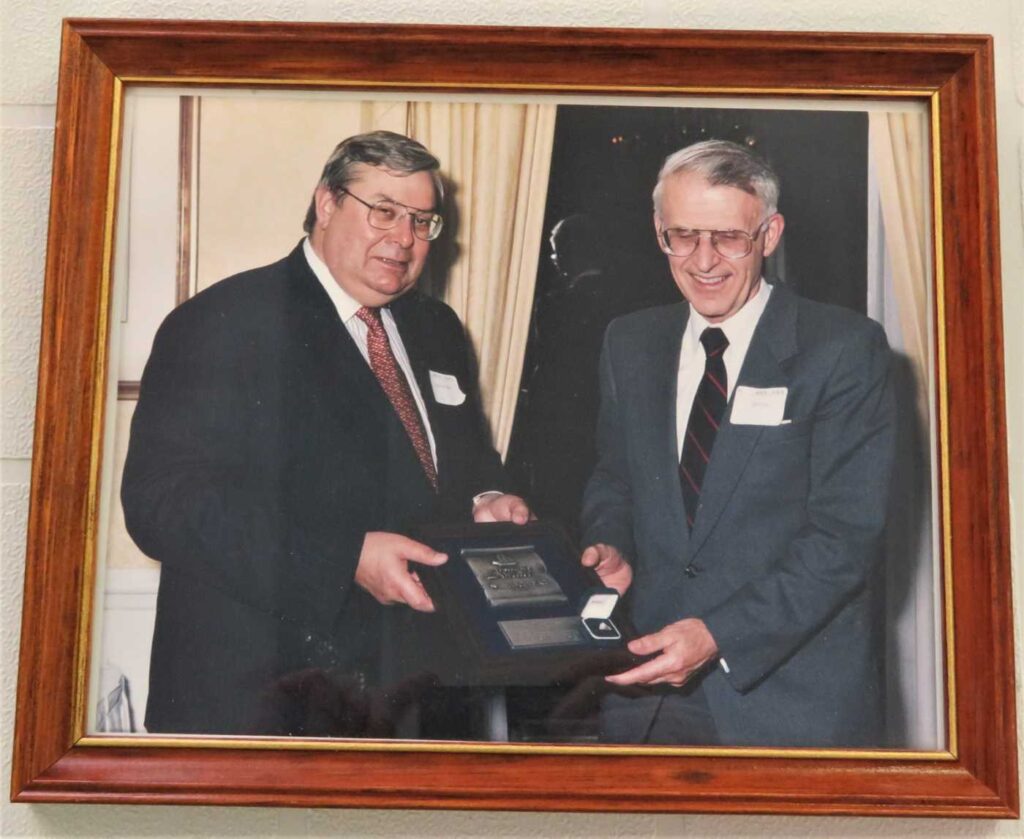A precision, Model 500A, pantograph manufactured by the A. Ott company of Kempten, Germany, and sold by the Kueffel and Esser Instrument Company. The instrument, which measures 60 cm along the longest axis, is held in a 64 cm long by 13 cm wide by 6 cm high case. It was located as a surplus artifact in Bldg. 513 at CRNL.
Pantographs have a long history extending back to at least 1603 and have been used by draftsmen as instruments to duplicate, magnify or reduce drawings in a desired scale. Various versions have been used in the minting industry to reduce large drawings or sculptures to sizes appropriate for currency bills or coins and three-dimensional versions have been used on milling machines as ‘tracers” to follow drawings and generate physical objects.







